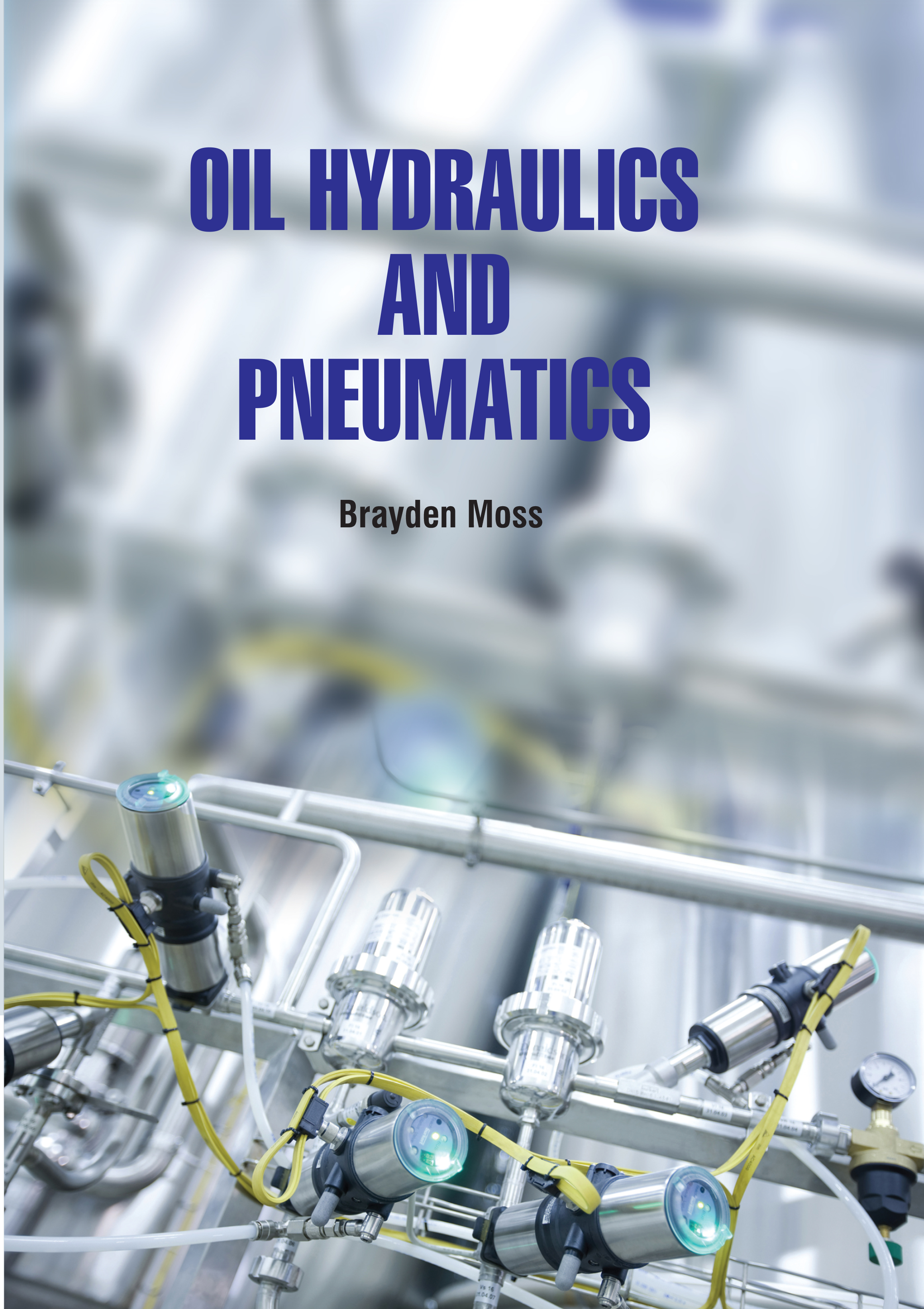
Oil Hydraulics and Pneumatics
by Brayden Moss
| ISBN | 9789372421033 |
|---|---|
| Publisher | Digital Drive Learning |
| Copyright Year | 2026 |
| Price | $257.00 |

by Brayden Moss
| ISBN | 9789372421033 |
|---|---|
| Publisher | Digital Drive Learning |
| Copyright Year | 2026 |
| Price | $257.00 |
Pneumatic and hydraulic systems have many similarities. Both pneumatics and hydraulics are applications of fluid power. They each use a pump as an actuator, are controlled by valves, and use fluids to transmit mechanical energy. The biggest difference between the two types of systems is the medium used and applications. Hydraulics is used for the generation, control, and transmission of power using pressurized liquids. It is a technology and applied science involving mechanical properties and use of liquids. Hydraulic systems require a pump and, like pneumatic systems, uses valves to control the force and velocity of the actuators. Industrial applications of hydraulics use 1 000 to 5 000 psi or more than 10 000 psi for specialized application. Hydraulic systems that harness the power of fluids are found in an impressive and wide range of hydraulic machinery and components. These systems are used in almost all existing industries and are engineered to operate in various working and environmental conditions. The fluids that are used in hydraulic systems are hydraulic oils that can be categorized into several groups based on their formulation and/or application. Moreover, they serve as mediums for transferring energy, lubricants and coolants of hydraulic systems, sealants, and eliminators of different types of contaminants. Besides focusing on the fundamentals, the book is a basic, practical guide that reflects field practices in design, operation and maintenance of fluid power systems—making it a useful reference for practising engineers specializing in the area of fluid power technology.